
Introduction
Flower painting is a beautiful form of art that captures the essence and beauty of nature. Whether you are a professional artist or a beginner, exploring different flower painting ideas can be a great way to enhance your creativity and create stunning artworks. In this article, we will discuss various flower painting ideas that can inspire you to create your own masterpiece.
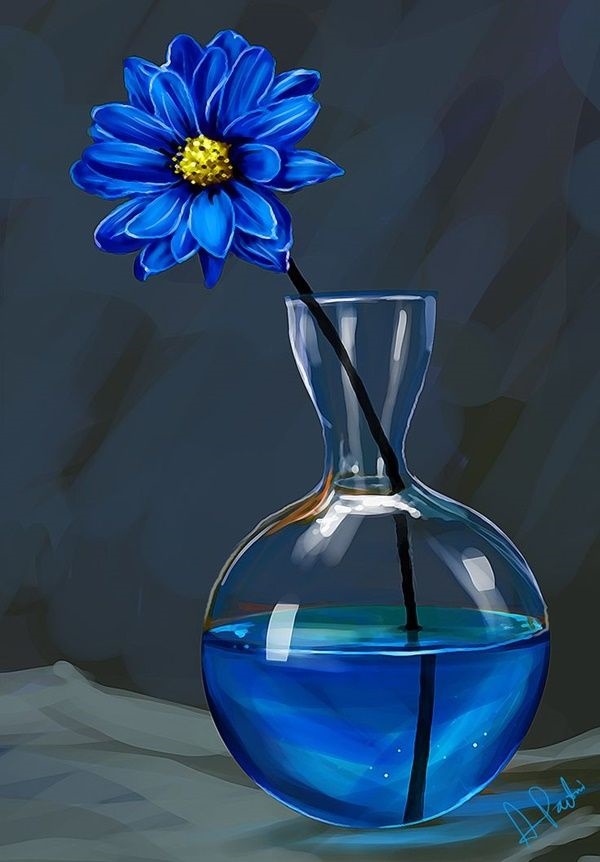
1. Still Life Flower Painting
One popular approach to flower painting is capturing still life arrangements. Set up a bouquet of fresh flowers in a vase, choose your preferred lighting, and start painting. This technique allows you to focus on the intricate details of each flower and experiment with different color combinations to create a realistic representation of the flowers.

2. Abstract Flower Painting
If you are looking for a more expressive and free-spirited approach, abstract flower painting is a great choice. This style allows you to break free from realistic representations and experiment with bold colors, shapes, and textures. Let your imagination run wild and create a unique interpretation of flowers using various brush strokes and techniques.
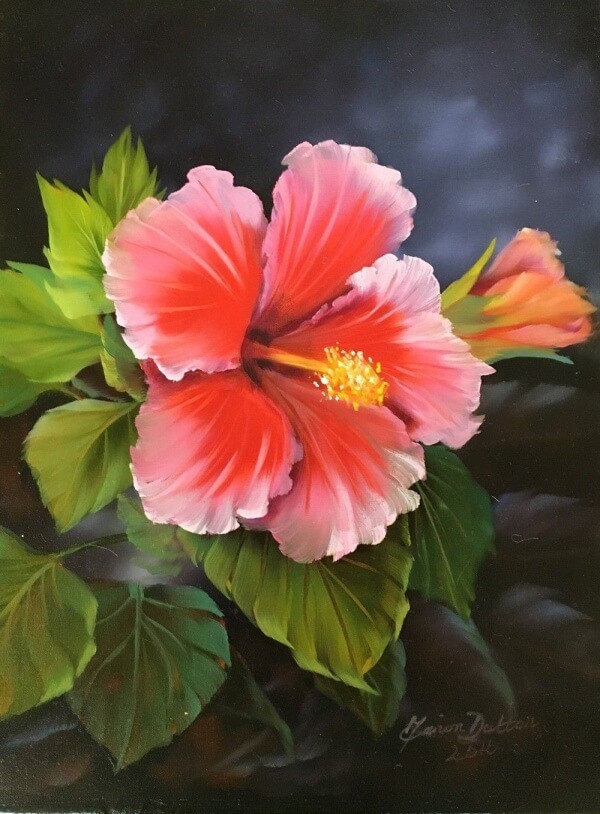
3. Watercolor Flower Painting
Watercolor is a versatile medium that beautifully captures the delicate and translucent nature of flowers. With its fluidity and transparency, watercolor allows you to create soft and vibrant flower paintings. Experiment with different watercolor techniques such as wet-on-wet, dry brush, or glazing to achieve different effects and textures.
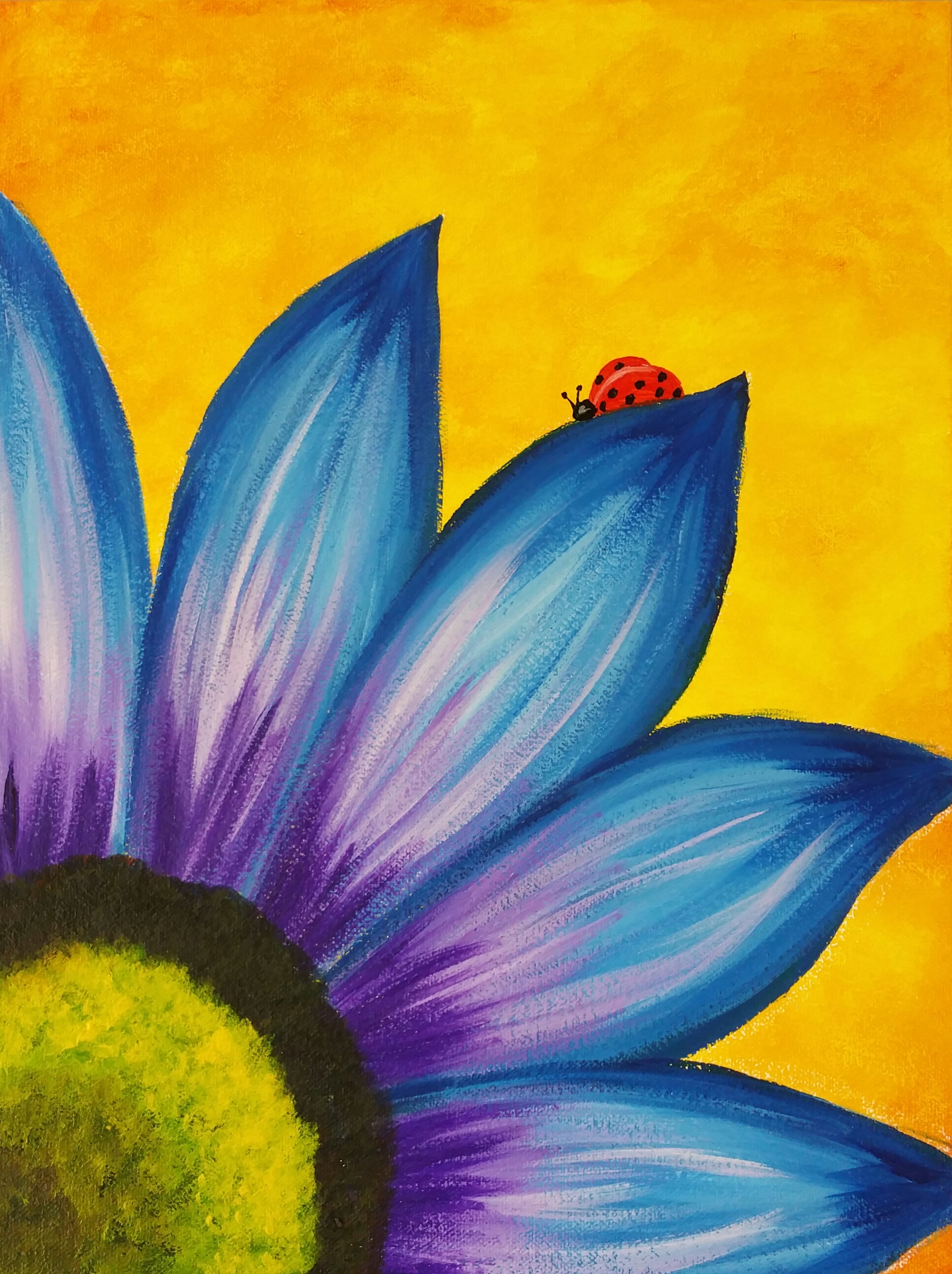
4. Botanical Illustration
Botanical illustration focuses on accurately depicting the structure and details of flowers. It requires careful observation and attention to detail. Use botanical reference books or photographs to study the anatomy of flowers and replicate them in your paintings. This style is perfect for those who appreciate precision and want to create scientifically accurate flower paintings.
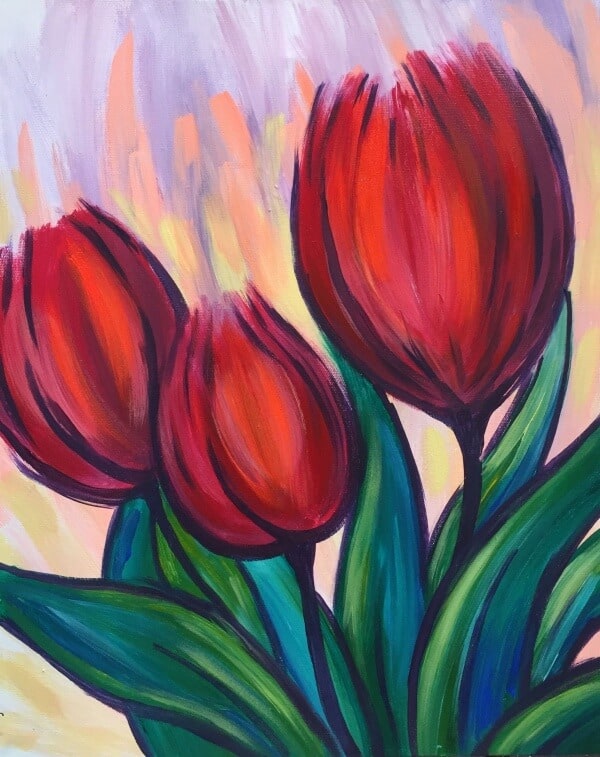
5. Impressionistic Flower Painting
Impressionism is known for its loose brushwork, vibrant colors, and capturing the fleeting effects of light. Apply this style to your flower paintings by using short and visible brushstrokes. Focus on conveying the mood and atmosphere of the flowers rather than getting caught up in details. This approach adds a sense of energy and movement to your artwork.
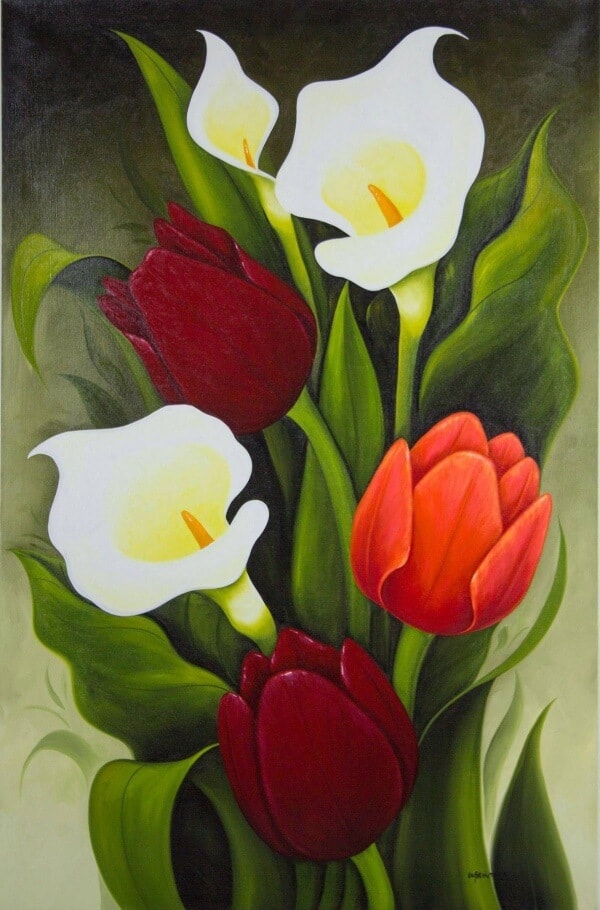
6. Monochromatic Flower Painting
If you want to explore a minimalist approach, monochromatic flower painting can be a great choice. Select a single color or a limited color palette and paint your flowers using different shades and tones of that color. This technique creates a harmonious and serene atmosphere and allows you to focus on the shapes and forms of the flowers.
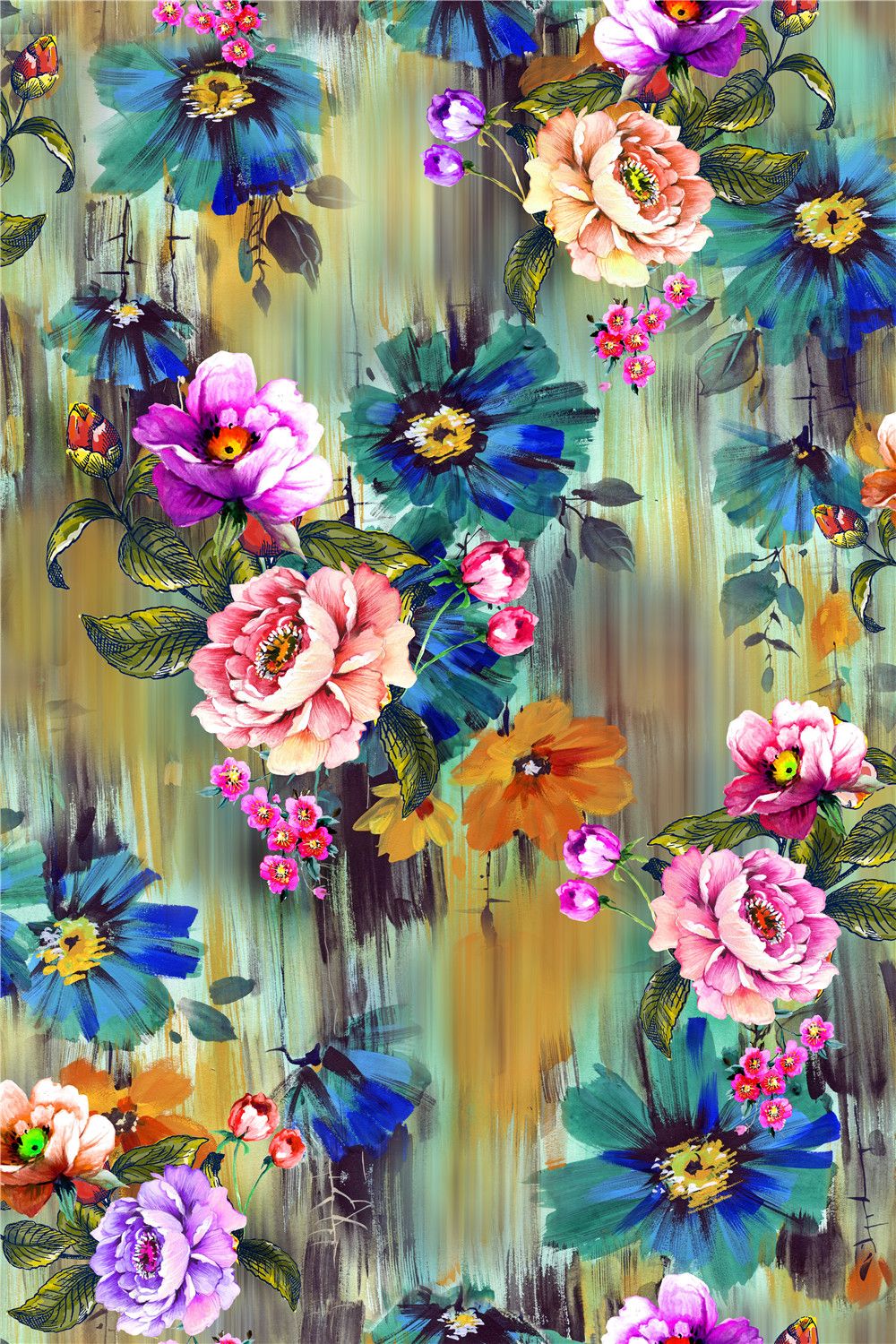
7. Mixed Media Flower Painting
Combine different art mediums and materials to create unique flower paintings. Experiment with acrylics, watercolors, pastels, collage elements, or even incorporate real flowers or pressed petals into your artwork. Mixed media flower painting allows you to explore various textures and create multi-dimensional pieces.
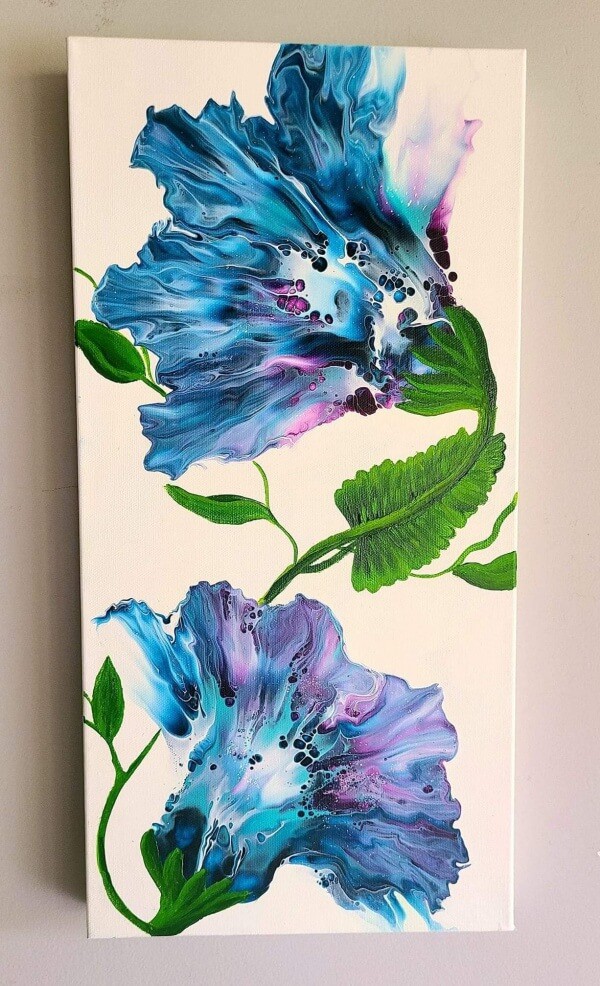
8. Hyperrealistic Flower Painting
For those who enjoy intricate details and realism, hyperrealistic flower painting can be a challenging yet rewarding technique. This style requires precision and patience to capture every tiny detail of the flowers, resulting in incredibly lifelike artworks. Experiment with layering and blending techniques to achieve depth and realism.

9. Collage Flower Painting
Collage flower painting combines the elements of painting and collage art. Cut out flower shapes or petals from colored papers or magazines and arrange them on your canvas. Paint around the collage elements, blending them seamlessly into the background. This technique adds texture and a unique visual element to your flower paintings.
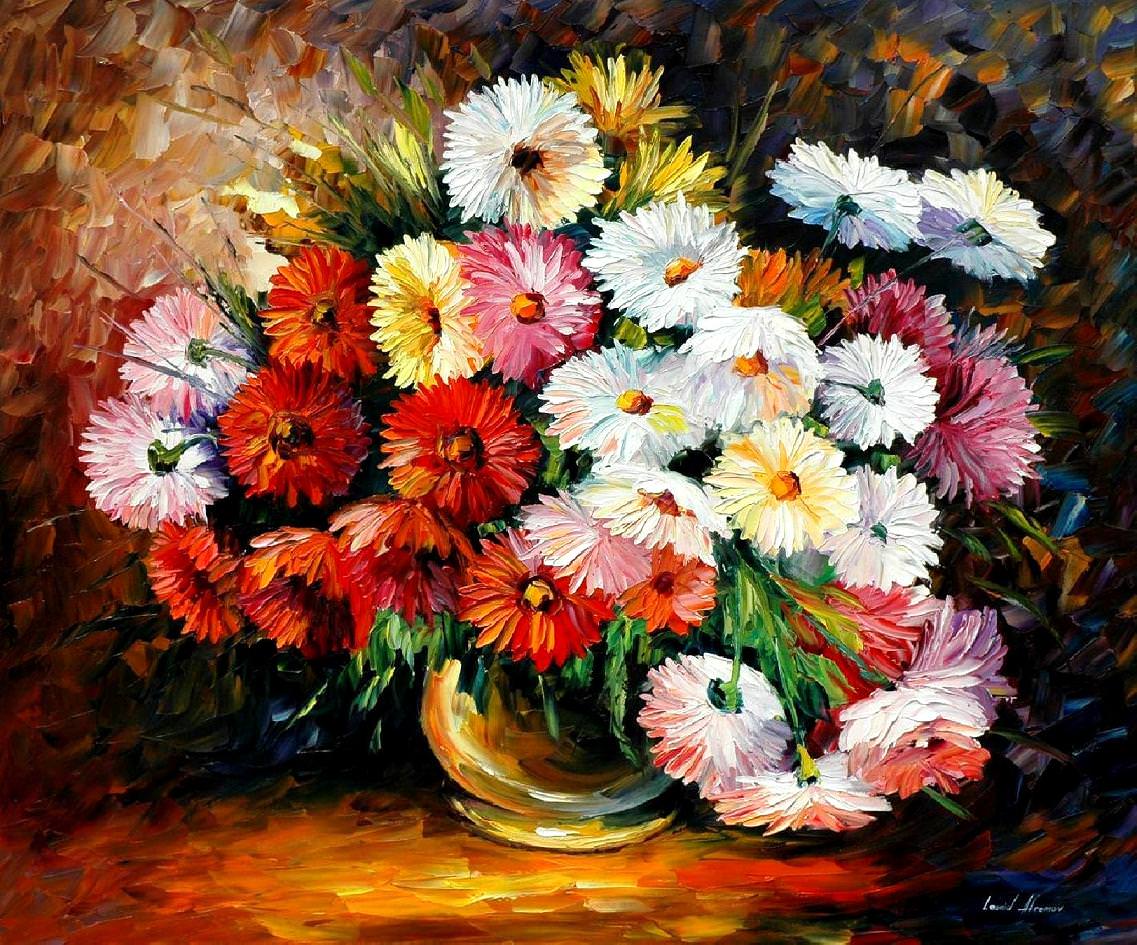
10. Textured Flower Painting
Add a tactile quality to your flower paintings by incorporating various textures. Use impasto techniques with thick paint to create raised surfaces that mimic the texture of petals or leaves. You can also experiment with different tools and materials to add texture, such as sponges, palette knives, or even household items like bubble wrap.

Conclusion
Flower painting provides endless possibilities for artistic expression. Whether you prefer realistic representations, abstract interpretations, or experimental techniques, there is a flower painting idea that suits your style and preferences. Explore these ideas, experiment with different mediums and techniques, and let your creativity blossom.